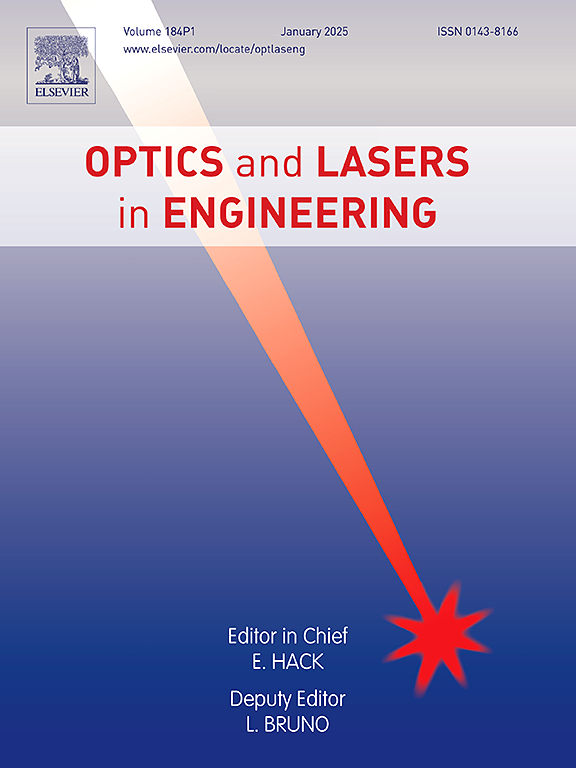Physics-informed neural networks enhanced planar laser-induced fluorescence technique: Reconstructing flow fields of supersonic gas flow into the low-pressure region
IF 3.5
2区 工程技术
Q2 OPTICS
引用次数: 0
Abstract
Acquiring flow field information under supersonic low-pressure conditions poses a critical challenge. In such conditions, traditional particle tracer measurement methods struggle to provide sufficiently small tracer particles to track the flow accurately. However, planar laser-induced fluorescence techniques can capture concentration data but typically do not provide enough insights into parameters such as velocity and pressure, hindering the understanding of flow characteristics in these extreme environments. We enhanced the planar laser-induced fluorescence technique via deep learning methods in this paper. The proposed approach employs physics-informed neural networks to process planar laser-induced fluorescence measurement data, thereby inferring data that traditional methods are unable to measure, and reconstructing the complete flow field. This method was demonstrated for the flow field under extreme conditions with a peak Mach number of 9.8 and a back pressure of 213 Pa. The relative L2-norm error of the inferred velocity data was 23.76 % compared to the results of a computational fluid dynamics simulation. The findings of this research demonstrate the capability of the deep learning-based method to capture challenging data under extreme conditions, thereby offering novel insights into fluid dynamics.
求助全文
约1分钟内获得全文
求助全文
来源期刊

Optics and Lasers in Engineering
工程技术-光学
CiteScore
8.90
自引率
8.70%
发文量
384
审稿时长
42 days
期刊介绍:
Optics and Lasers in Engineering aims at providing an international forum for the interchange of information on the development of optical techniques and laser technology in engineering. Emphasis is placed on contributions targeted at the practical use of methods and devices, the development and enhancement of solutions and new theoretical concepts for experimental methods.
Optics and Lasers in Engineering reflects the main areas in which optical methods are being used and developed for an engineering environment. Manuscripts should offer clear evidence of novelty and significance. Papers focusing on parameter optimization or computational issues are not suitable. Similarly, papers focussed on an application rather than the optical method fall outside the journal''s scope. The scope of the journal is defined to include the following:
-Optical Metrology-
Optical Methods for 3D visualization and virtual engineering-
Optical Techniques for Microsystems-
Imaging, Microscopy and Adaptive Optics-
Computational Imaging-
Laser methods in manufacturing-
Integrated optical and photonic sensors-
Optics and Photonics in Life Science-
Hyperspectral and spectroscopic methods-
Infrared and Terahertz techniques
 求助内容:
求助内容: 应助结果提醒方式:
应助结果提醒方式:


